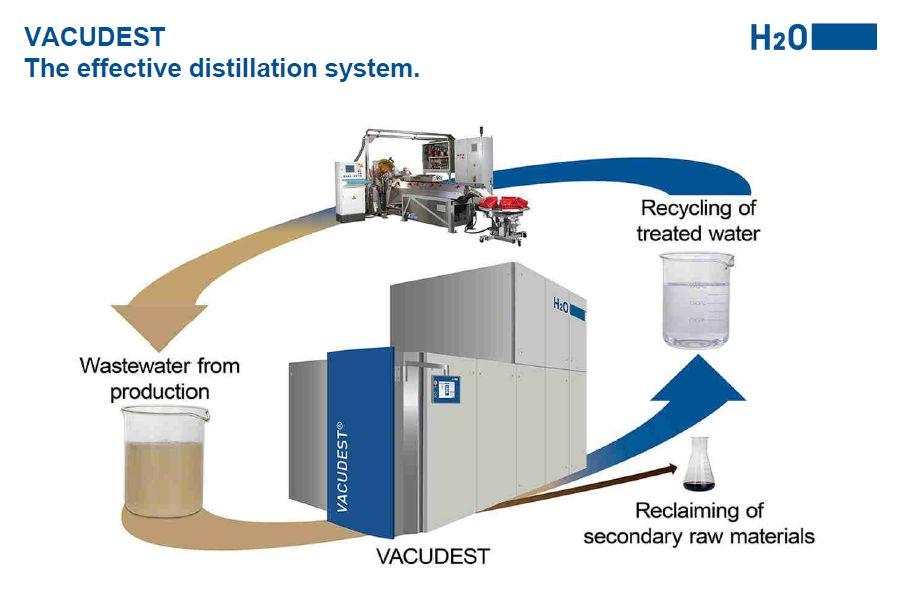In today's world, water scarcity is no longer a distant concern but a pressing reality affecting communities worldwide. With burgeoning industrialization, urbanization, and agricultural needs, the demand for freshwater resources has reached unprecedented levels. In response to this challenge, innovative water treatment solutions have emerged, among which Zero Liquid Discharge (ZLD) stands out as a beacon of sustainability and efficiency.
Zero Liquid Discharge, as the name suggests, is a water treatment process designed to eliminate liquid waste discharge. Unlike traditional water treatment methods that produce effluent or discharge, ZLD systems ensure that no liquid waste is released into the environment. Instead, they aim to recover valuable resources from wastewater streams, such as water, salts, and other by-products, leaving behind only solid waste for disposal or reuse.
One of the primary motivations behind the adoption of ZLD is its environmental benefits. By preventing the discharge of wastewater into rivers, lakes, or oceans, ZLD helps mitigate water pollution and preserve aquatic ecosystems. Contaminants present in industrial effluents, such as heavy metals, toxic chemicals, and pathogens, pose serious threats to human health and the environment. ZLD systems offer a sustainable solution by treating wastewater to stringent standards, ensuring compliance with regulatory requirements and safeguarding natural water bodies.
In addition to environmental stewardship, ZLD plays a pivotal role in sustainable water management. With freshwater sources becoming increasingly scarce and polluted, recycling and reusing wastewater has become imperative. ZLD systems enable industries to treat and reuse wastewater, thereby reducing their reliance on freshwater resources. By closing the loop on water usage, ZLD contributes to water conservation efforts, enhances water efficiency, and minimizes the overall environmental footprint of industrial operations.

Beyond its environmental and social benefits, ZLD offers significant economic advantages for industries. By recovering valuable resources from wastewater, such as clean water, salts, and minerals, ZLD systems create opportunities for resource recovery and cost savings. Rather than viewing wastewater as a liability, industries can leverage ZLD technologies to extract value from their waste streams, thereby enhancing profitability and competitiveness in the market. Moreover, by avoiding costly fines associated with non-compliance and pollution, ZLD investments yield long-term financial returns and enhance business resilience.
While the benefits of ZLD are undeniable, implementing and operating ZLD systems come with challenges. High capital costs, technical complexity, and energy requirements are some of the key barriers to widespread adoption. However, advancements in technology, coupled with regulatory incentives and public awareness, are driving the growth of the ZLD market. Additionally, collaboration among stakeholders, including governments, industries, and technology providers, is essential to overcome barriers and promote the adoption of ZLD on a larger scale.
In conclusion, Zero Liquid Discharge represents a paradigm shift in water treatment, offering a sustainable and integrated approach to managing wastewater. By eliminating liquid waste discharge, ZLD systems mitigate water pollution, conserve freshwater resources, and promote environmental sustainability. Moreover, they offer economic benefits through resource recovery and cost savings for industries. As we confront the challenges of water scarcity and pollution, ZLD emerges as a critical solution to ensure the availability of clean water for future generations. Through continued innovation, investment, and collaboration, we can harness the full potential of ZLD to create a more water-secure and resilient world.